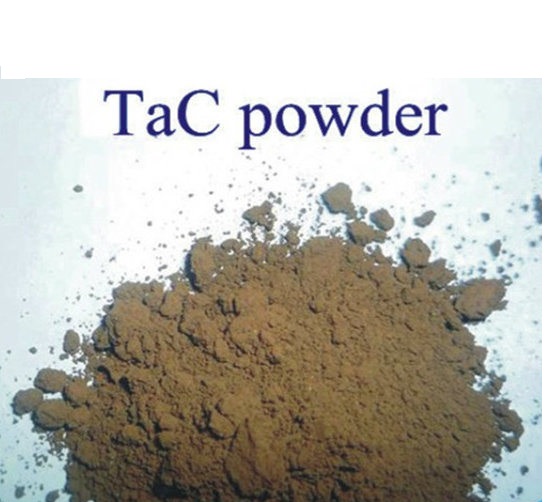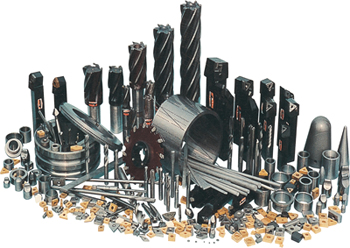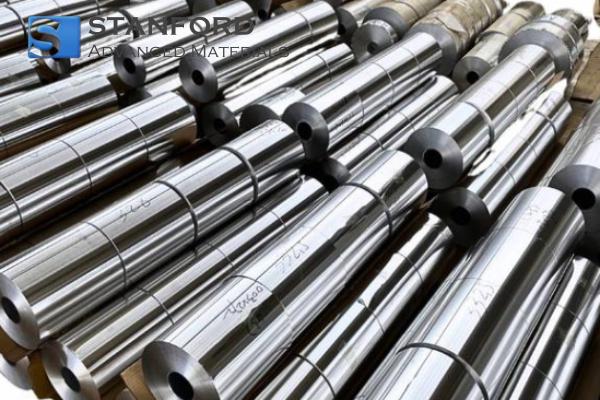What Can We Expect To Acquire From Tantalum Carbide In The Future?
Tantalum Carbide is a type of transition metal carbide with a black or dark brown colour. It belongs to the cubic crystal system. Tantalum carbides are used in cutting tools and are sometimes added to tungsten carbide alloys. Their melting points can reach approximately 3880 °C, which is among the highest for binary compounds.

Tantalum carbide exhibits physical and chemical properties. It has high hardness and a high melting point. It shows notable electrical conductivity and thermal shock resistance. It resists chemical corrosion and oxidation. It also has catalytic properties. These characteristics lead to its use in industry and the military sector.
Tantalum carbide is often used as an additive in hard alloys. Its primary function is to improve the high-temperature strength of cemented carbide and tungsten carbide particles. In cutting tools, it is applied as a hard coating to increase chemical corrosion resistance and wear resistance of the substrate. In military applications, it is used as a coating for turbine blades of jet engines and rocket nozzles, thereby improving erosion resistance and extending service life. Its electrical conductivity permits use in electrode materials. It can be processed into complex shapes by wire cutting. It is also employed as a second-phase particle in metal matrix composites. It is used in aerospace, metallurgy, construction materials, electrical energy, hydropower, mining and other sectors.

Additionally, tantalum carbide is applicable in powder metallurgy, cutting tools, precision ceramics, chemical vapour deposition and as a wear-resistant alloy additive to enhance alloy toughness. The sintered body of tantalum carbide exhibits a golden colour; it can be used in watch jewellery. In combination with Tantal, Niob and tungsten carbide, cemented carbide can be produced.

 Bars
Bars
 Beads & Spheres
Beads & Spheres
 Bolts & Nuts
Bolts & Nuts
 Crucibles
Crucibles
 Discs
Discs
 Fibers & Fabrics
Fibers & Fabrics
 Films
Films
 Flake
Flake
 Foams
Foams
 Foil
Foil
 Granules
Granules
 Honeycombs
Honeycombs
 Ink
Ink
 Laminate
Laminate
 Lumps
Lumps
 Meshes
Meshes
 Metallised Film
Metallised Film
 Plate
Plate
 Powders
Powders
 Rod
Rod
 Sheets
Sheets
 Single Crystals
Single Crystals
 Sputtering Target
Sputtering Target
 Tubes
Tubes
 Washer
Washer
 Wires
Wires
 Converters & Calculators
Converters & Calculators
 Write for Us
Write for Us


 Chin Trento
Chin Trento



